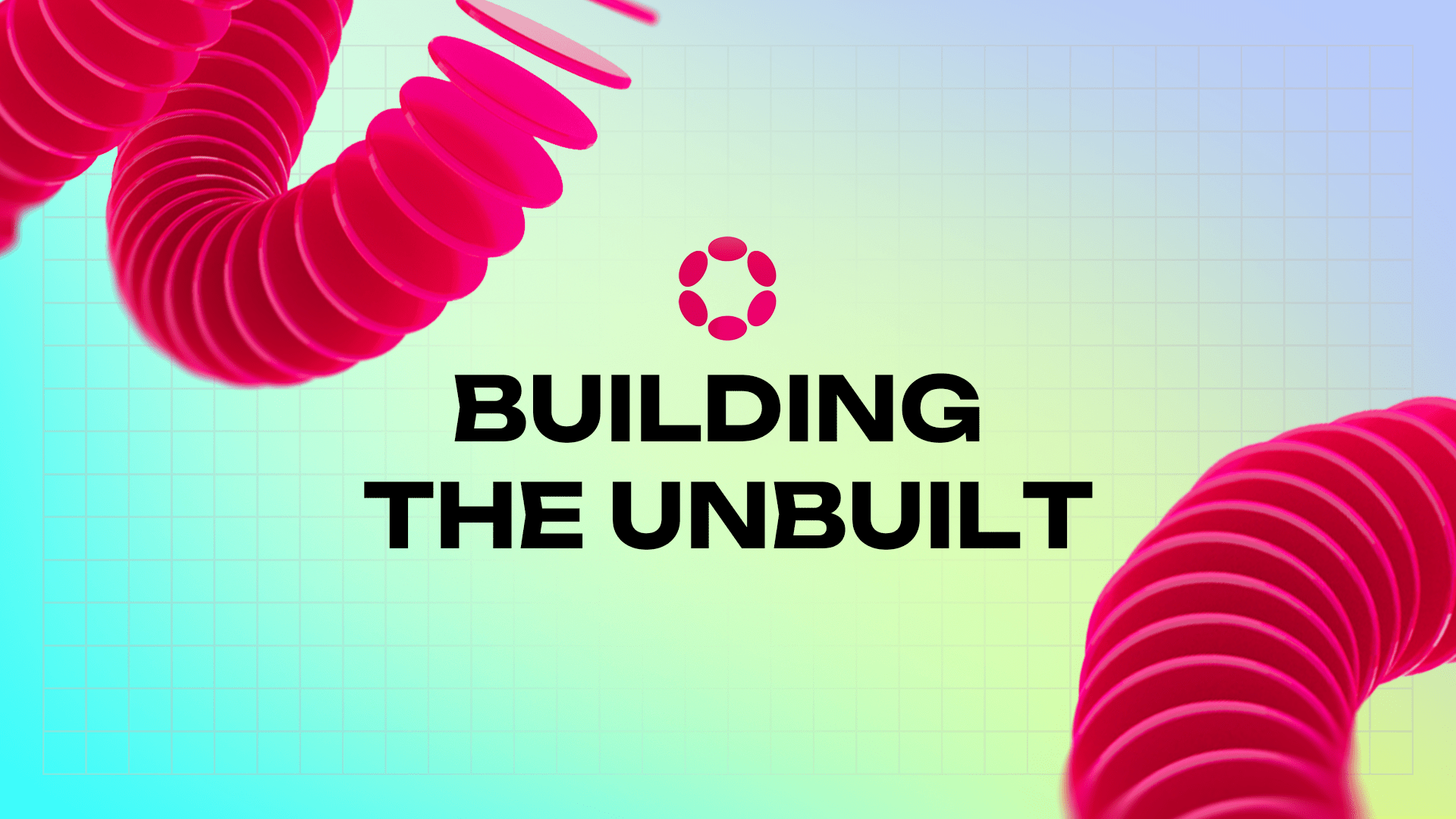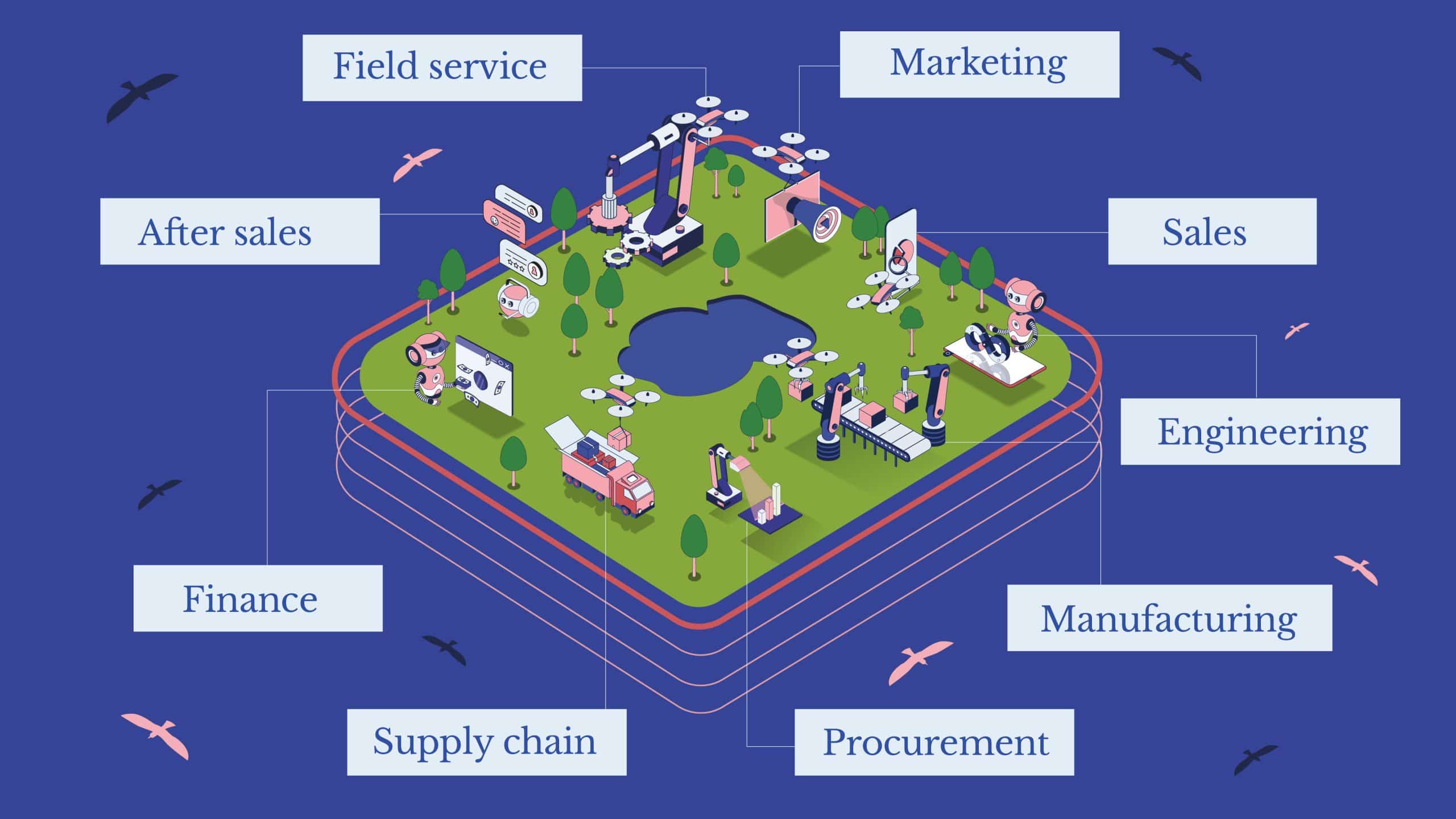Polkadot: Building a new ‘world computer’, steered by Parity’s pioneering engineers

Engineers at Parity Technologies have spent 10 years laying the groundwork to enable a better internet to emerge, one based on truth, not trust. They have done this by serving as the main technical contributor to Polkadot, the secure core of Web3.
How does the “outside world” view the technology behind Bitcoin, blockchains and cryptocurrency? The public perception is one of suspicion, exacerbated by a mainstream media reporting on sensational, often negative stories emerging from the industry – or the market movements of Bitcoin – while being less eager to explore the very real benefits that the engineers at the coalface are working on.
At Parity Technologies, we’ve been around since 2015, which in blockchain terms is enough to earn veteran status. We’re proud to be the leading technical contributor to Polkadot, and we continue to work our socks off to make it the most scalable, reliable and resilient network in Web3. In 2025, many commentators are predicting a year of enhanced enterprise adoption of Web3 technology, and we’re striving to present Polkadot as the most compelling option for new entrants in the space.
One of the biggest misunderstandings around “crypto” is that it’s little more than a Wild West of shady operations, highly speculative investments and no lasting value for humanity. And yet the hundreds of projects issuing tokens in Web3 have a collective valuation of almost $3.5 trillion, and many have been around long enough to suggest they are more substantial than a collection of flaky pump-and-dump schemes.
At Parity, we were a key contributor behind the 2020 launch of Polkadot, one of Web3’s most renowned protocols, and have continued to pioneer its further technical development. Decentralization is a critical factor in Web3, and Polkadot can call itself a leader in this regard, as the world’s largest decentralized autonomous organization (or DAO). Around 1.4 million token holders have the power to propose and vote on changes to Polkadot’s technical direction.
True decentralization means building a world based on truthful rather than trustful interactions. It means challenging the monolithic power exerted by brands like Google and Amazon today by allowing users to take back ownership of their data. And it is partly because of its high decentralization that Polkadot has onboarded quality projects from sectors like gaming, DeFi, supply chain logistic, robotics, plus nascent industries like DePIN (decentralized physical infrastructure) and RWA (real-world assets).
The challenge remains to encourage further user adoption – persuading entrepreneurs and their customers to make the hop from Web2 to Web3. We believe Polkadot’s platform features – such as extensive developer tooling, shared security, and scaling solutions – can help emerging technologies flourish so the projects building on Polkadot can themselves bring in new teams and new users, growing a harmonious, innovative and successful community embracing the new internet.
Parity engineer Shawn Tabrizi believes Polkadot can be seen as a “multi-core server, a platform for other applications to deploy their services easily, and absorb all the resilience of Web3”. He says Polkadot is the “natural evolution after Ethereum”, being designed and founded by Dr Gavin Wood, Ethereum’s former CTO. Dr Wood is also the founder and Chief Architect of Parity. His vision is to build “a ubiquitous world computer, capable of anything and everything with resilience”.
Find out more about DAVOS 2025 Campaign














